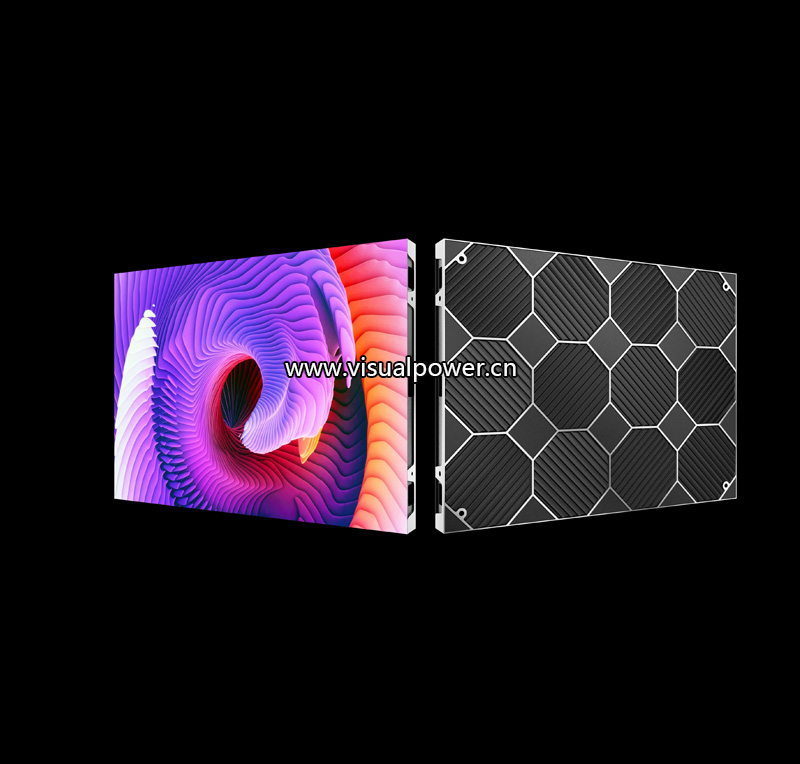Categories
- News (60)
- case study (6)
I have always been picky about screens, especially the LED part. It’s not that I’m nitpicking; it’s because I’ve fallen into too many traps. Once, we used a large LED screen that was claimed to be “high-definition” in the main venue of an international forum. When the lights were turned on, the picture grains were as coarse as those in a retro pixel game, and every page of the presenter’s PPT seemed to have been pulled by a magnifying glass – can you imagine that? The people in the last row of the audience simply took out their mobile phones to take pictures of the live screen… I decided on the spot that for formal projects in the future, only fine pitch LED display would be used.
This is not the obsession of a device enthusiast, but a lesson learned from experience. High-density and small-pitch screens can truly determine the “first impression” of an event, a brand, or even an exhibition hall.

Why would I rather cut the budget for fine pitch?
You should know that those LED screens that look “similar” can be vastly different.
During an exhibition setup, I was temporarily pulled in to offer support. The previous team used a P2.5 screen in order to cut costs. From a distance, it looks fine. But once you approach the front, the jagged edges of the text are visible to the naked eye, especially for some small characters and detailed charts, which completely ruin the visual presentation. That time I secretly counted that the average stay time of the entire booth’s visitors was less than 30 seconds. Just across the way, there is a screen with fine pitch. The content it plays is actually not that stunning, but because the picture is clean, the font is clear, and the details are rich, people just don’t want to leave.
At that moment, I understood: The human eye is very picky and cannot tolerate the slightest impurity.
The significance of Fine pitch is not just “clarity”, but a reliable display language
After getting used to fine pitch, you will find that its value goes beyond the visual aspect itself. It is a precise presentation and a manifestation of respect for the content.
Imagine you are launching a new product, introducing parameters, explaining the design philosophy, and presenting the microstructure. If the screen display is blurry, the audience’s understanding of the product will always remain at the surface level. When the screen can truly reproduce the metallic texture, fabric texture and subtle color differences, this sense of visual trust will directly affect their judgment of the brand.
I once witnessed with my own eyes a real estate client who used a 0.9mm small-pitch screen in the guide area of the model room and “embedded” the entire planning map on the LED wall for display. Visiting customers do not need paper materials. They can directly explain each floor plan on the screen with their fingers, which is as smooth and clear as an iPad.
But fine pitch leds are not something you can install whenever you want
Although small-pitch screens are attractive, it’s true that they are difficult to handle. The first is the ultimate requirement for splicing errors. I have witnessed a 0.2mm module misalignment caused by the carelessness of the construction team, resulting in misaligned boundary lines in the full-screen image. As a result, it had to be disassembled and reinstalled.
The second is the fine matching problem of the signal control system. Don’t think that just connecting any video source will do. Small-pitch screens have very high requirements for color consistency and synchronous refresh, especially during multi-screen simultaneous broadcasting and interactive projection. If the frame rate doesn’t match or the color level processing is poor, picture shaking and flickering are not uncommon.
Finally, there is another frequently discussed but often overlooked issue – the ratio of viewing distance to screen distance. fine pitch is not the smaller the better. You have to know the size of your space, the position of the audience and the type of content. Blindly piling up specifications will only waste money.
Application selection suggestions for real projects
Enterprise exhibition hall: It is recommended to be page 1.2 or lower. The content should mainly consist of graphic and textual explanations as well as animated displays, with extremely high requirements for clarity and color accuracy.
Command Center: Stability and response speed are pursued. P1.5 is commonly used. The signal system should have dual backups.
High-end conferences: The most important thing is “no sense of interference”, generally using P1.2 to P1.5, combined with anti-reflective treatment.
Small immersive exhibition space: You can choose P0.9 or even P0.7 screens, combined with a circular screen splicing and sound effect system, to create a 360° immersive effect.
Ultimately, the truly remarkable aspect of fine pitch LED display lies in its ability to make the way space speaks “sophisticated”.
Write at the end
In our era, it is no longer “content is king”, but “presentation is king”. Because good content, if ruined by poor display, is just like a speech being disturbed by a microphone lag – you can tolerate it, but the audience won’t understand for you.
So I always tell my clients that you don’t have to buy the most expensive equipment, but never underestimate the eyes of your audience.
A good screen is not just about being bright; it should make you feel at ease entrusting your content to it. fine pitch is exactly such an existence.